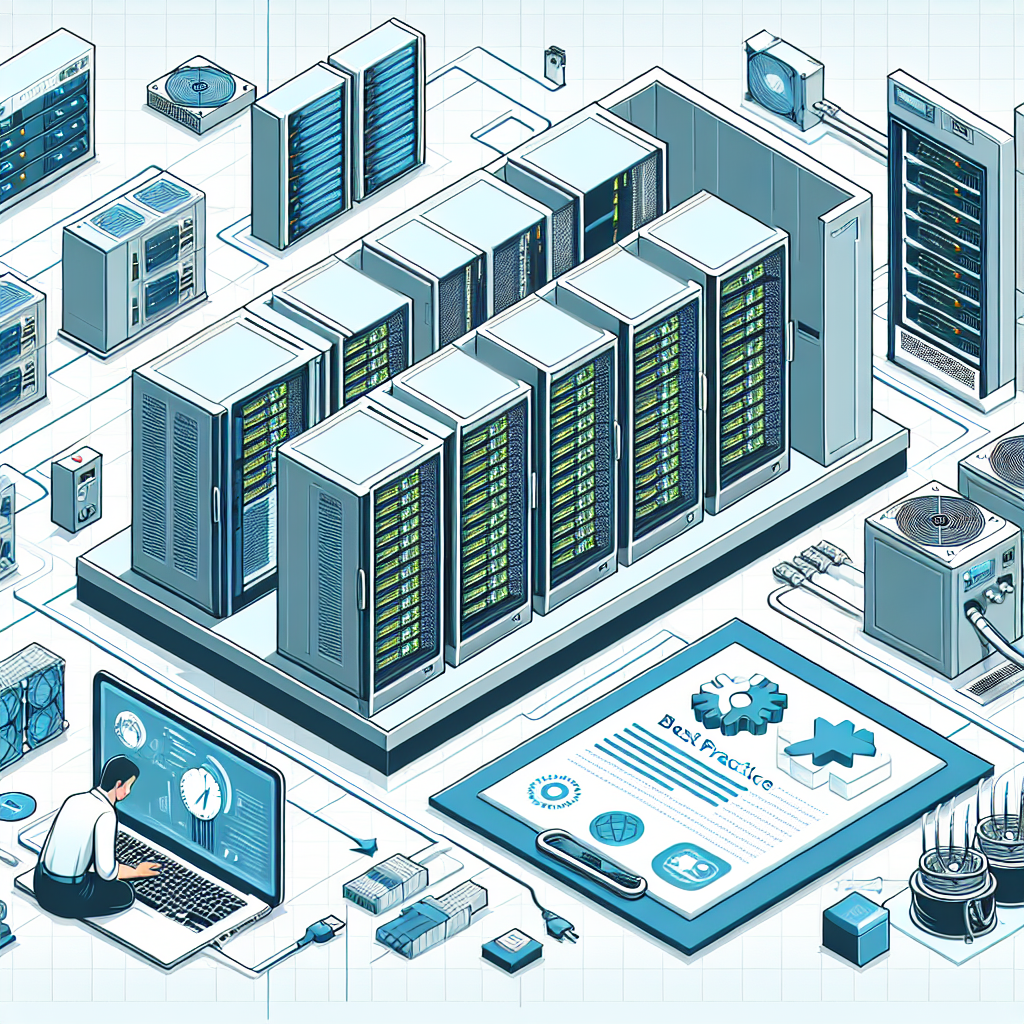Your cart is currently empty!
The Role of Redundancy in Data Center Resilience: Best Practices for Success

In today’s digital age, data centers play a critical role in the operation of businesses and organizations of all sizes. These facilities house vital information and applications that are essential for their day-to-day operations. With the increasing reliance on data centers, ensuring their resilience and availability has become a top priority for IT professionals.
One key aspect of data center resilience is redundancy. Redundancy refers to the practice of having backup systems and components in place to ensure continued operation in the event of a failure. By incorporating redundancy into data center design and operations, organizations can minimize downtime and ensure the continuity of their operations.
There are several best practices that organizations can follow to ensure the success of their redundancy strategies in data center resilience. One of the first steps is to conduct a thorough assessment of the data center infrastructure to identify potential single points of failure. This includes reviewing power systems, cooling systems, networking equipment, and storage devices. By identifying weaknesses in the infrastructure, organizations can develop a plan to implement redundancy where it is needed most.
When it comes to power systems, redundancy can be achieved through the use of backup generators, uninterruptible power supplies (UPS), and redundant power distribution units (PDUs). These systems can ensure that critical equipment remains operational in the event of a power outage or failure.
In terms of cooling systems, redundancy can be achieved by implementing redundant cooling units, diverse cooling paths, and monitoring systems to ensure optimal performance. By having redundancy in place, organizations can prevent overheating and ensure the longevity of their hardware.
Networking equipment also plays a crucial role in data center resilience. Redundancy can be achieved by implementing redundant switches, routers, and network connections to ensure continuous connectivity. Additionally, organizations can implement load balancing and failover mechanisms to ensure seamless operation in the event of a network failure.
Storage redundancy is essential for data protection and availability. Organizations can implement redundant storage arrays, RAID configurations, and backup systems to ensure that data is protected and accessible at all times. By implementing redundancy in storage systems, organizations can prevent data loss and ensure the continuity of their operations.
In conclusion, redundancy plays a critical role in data center resilience. By implementing best practices for redundancy in power systems, cooling systems, networking equipment, and storage devices, organizations can minimize downtime and ensure the continuity of their operations. By conducting a thorough assessment of their data center infrastructure and implementing redundancy where it is needed most, organizations can achieve success in their data center resilience strategies.

Leave a Reply